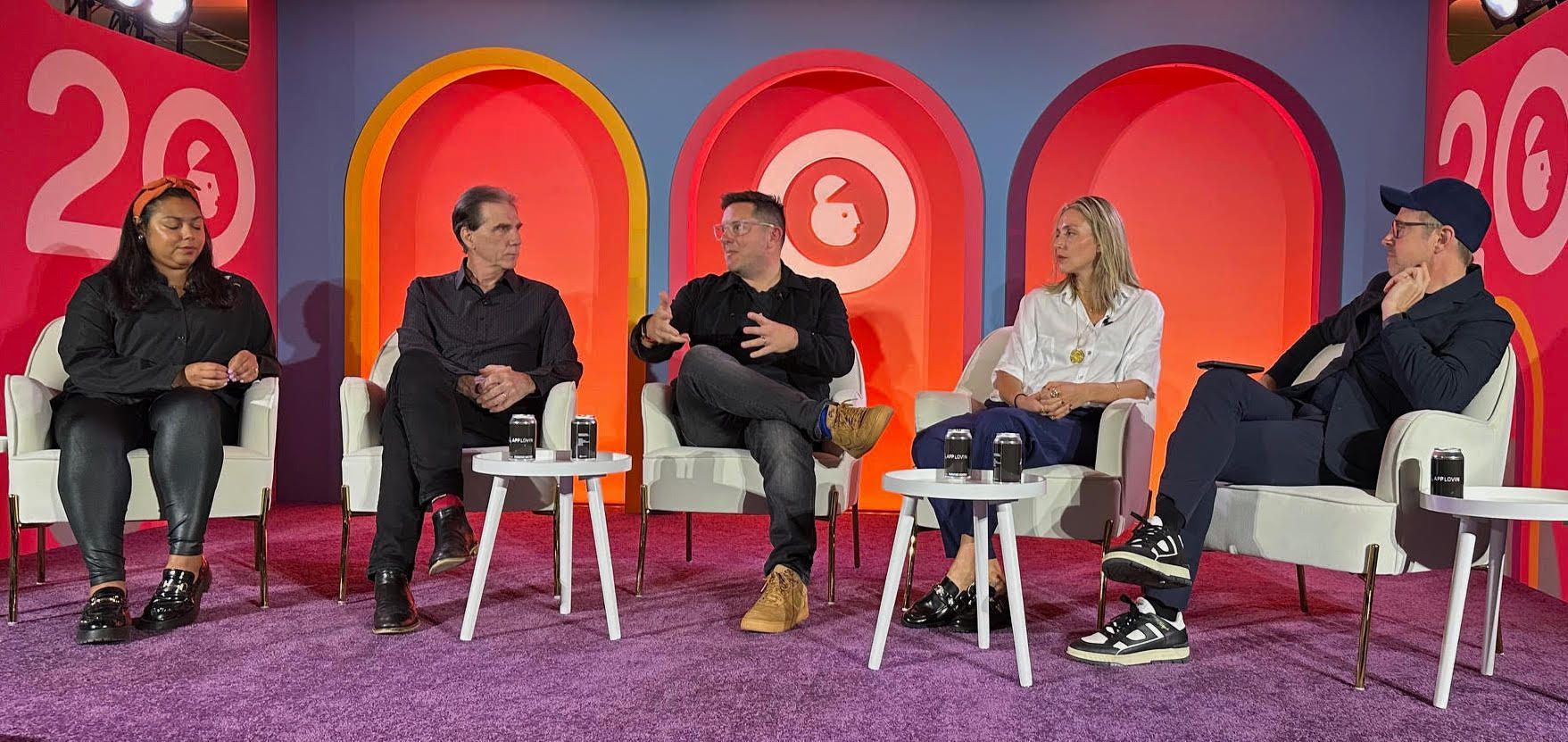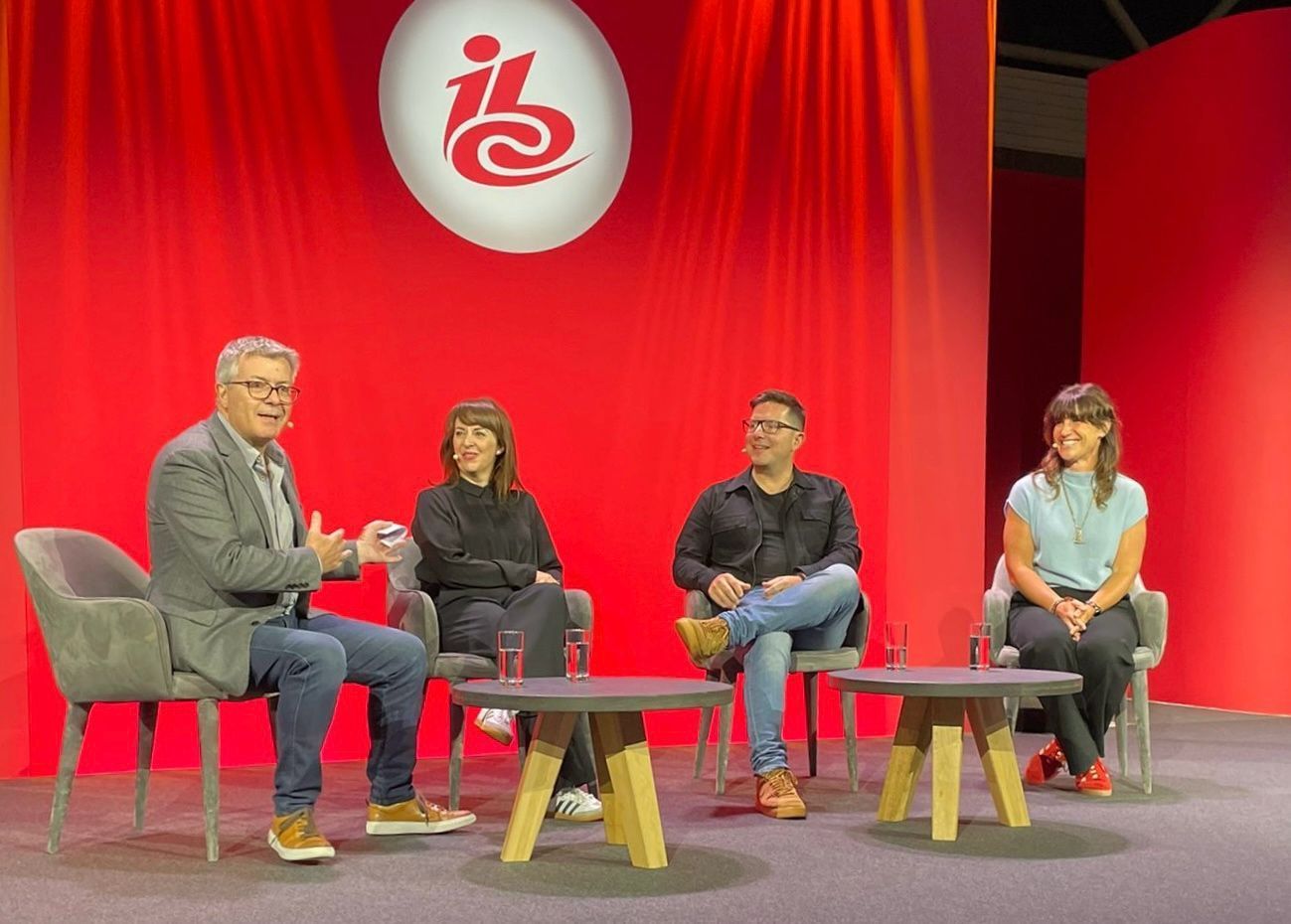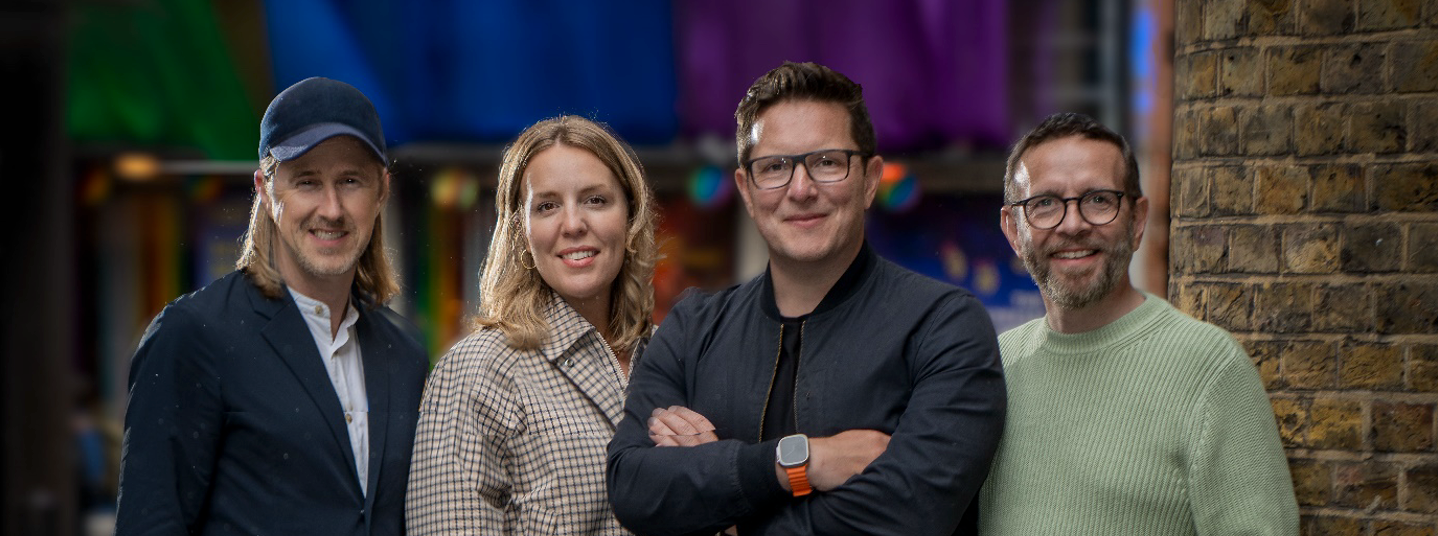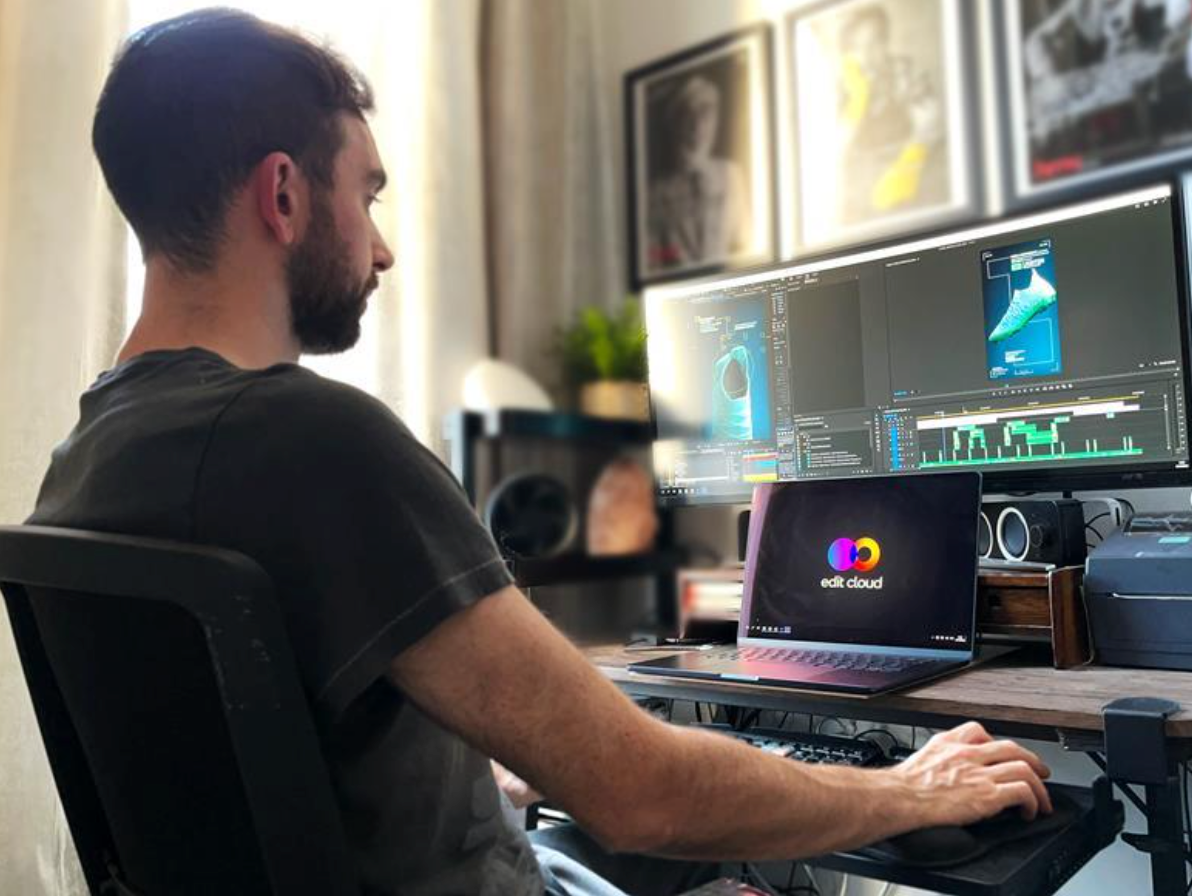
Navigating Technological Changes in Post-Production: Balancing Creativity, Adoption, and Leadership
Last week, I had the privilege of hosting a panel discussion with some of the brightest minds in post-production.
The energy was palpable, the ideas were flowing, and one theme resonated above all others: our industry is transforming at an unprecedented pace. Cloud-based workflows, remote collaboration, and AI-powered tools are no longer futuristic concepts; they are the present and future of how we work.
Yet, amidst all this excitement, I couldn't help but feel a sense of urgency.
Are we truly investing in the people who will drive this transformation?
Are we equipping our editors, artists, and technicians with the skills and knowledge they need to thrive in this new world?
This blog delves into the challenges and opportunities that lie ahead, emphasising the critical need to balance technological adoption with a commitment to our most valuable asset: our people.
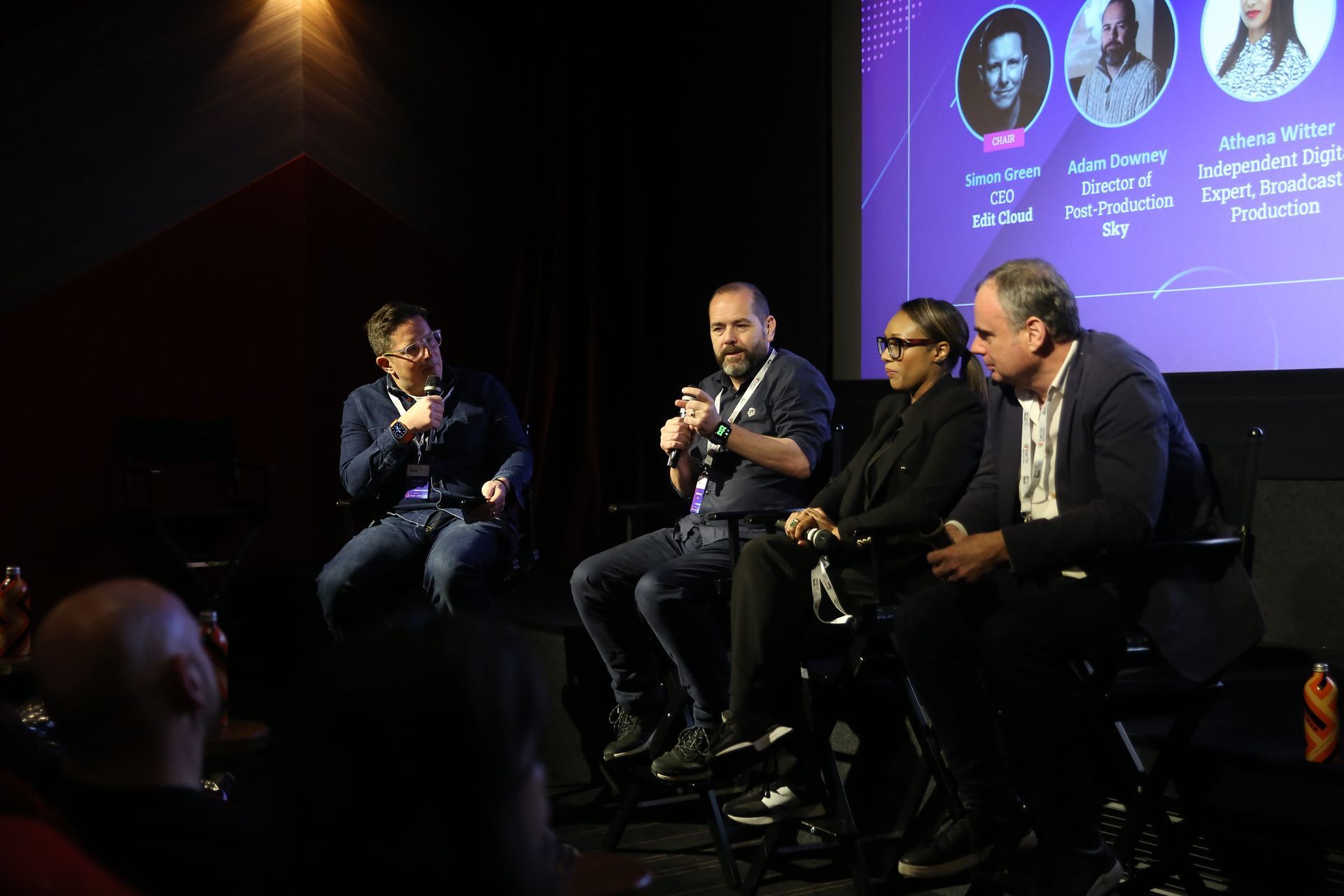
The Shift to Cloud-Based Workflows and the Future of Work
Cloud technology has reshaped post-production workflows, enabling remote and hybrid work models to flourish. The demand for these flexible setups continues to grow, with the market for remote workplace services projected to increase from $20.1 billion in 2022 to $58.5 billion by 2027, at a CAGR of 23.8%. Additionally, 87% of employees prioritise remote or hybrid work arrangements.
While productivity gains are evident—54% of businesses report increased efficiency through remote work—these setups can dampen creativity due to reduced spontaneous collaboration. Addressing this challenge requires organisations to create virtual environments that simulate the organic interactions of in-person settings.
"We generally find people are more productive when working from home, but we also know our artists do enjoy and greatly benefit from in-studio creative collaboration. We’re actively working to strike the right balance" - David Patton
Challenges in Adopting New Technologies
“With the evolution of fast-paced digital and platform distribution, we are under so much pressure to monetise at speed whilst keeping creative integrity. The issue is you really have to build in training and time. Time is really hard in our industry, but it’s fundamental if you want to be able to pivot to new workflows - Athena Witter
Despite the promise of cloud-based tools, the post-production industry grapples with several key challenges:
- Adoption Periods: Change takes time. Clearly communicate the "why" behind cloud adoption to build trust and ensure a smooth transition.
- Training and Experimentation: Invest in comprehensive training and provide opportunities for teams to experiment with new tools and workflows.
- Creativity vs. Productivity: While cloud workflows enhance efficiency, prioritise strategies that foster creativity and collaboration in remote or hybrid environments.
“There is this view that we get new technology, we train people and then they automatically know how to deliver. This is never the case. There is a period of adoption must be bought in by everyone and scheduled as part of any new technology roll out” -Adam Downey
Strategies for Successful Technology Adoption
Organisations can mitigate these challenges by adopting a people-first approach to implementing new tools:
- Communicate Clearly: Transparent communication about the purpose and benefits of technological changes builds alignment and trust.
- Leverage Creative Input: Involving creative teams in workflow design ensures that tools support, rather than hinder, their artistic goals.
- Standardise and Share Best Practices: Establishing “labs” or dedicated spaces for experimentation allows teams to identify and share effective strategies quickly.
"Use commercial creativity to engage talent, involving them in business challenges and decision-making. With context and understanding, people lean in, engage more, and contribute at higher levels."- David Patton
Addressing Burnout in the Cloud Era
The always-on accessibility of cloud-based workflows blurs the lines between work and personal life, increasing the risk of burnout.
According to recent studies, 44% of remote employees report working longer hours than before. To address this, organisations must:
- Enforce boundaries between work and personal time.
- Foster a culture that prioritises well-being alongside productivity.
- Offer robust training and support to reduce stress during technology transitions.
To frame the discussion around burnout and remote work, it’s important to recognise the dual narrative emerging in current research: while burnout remains a real challenge, remote and hybrid work models also offer significant health and creativity benefits.
“The thing about all technology and new systems is that they get easier to use and knowledge will grow, however we still need to build training and learning into the production schedule, and accept that until people become fluent there is a period when things will take longer, and we need to protect people with extra time through that period" -
Adam Downey
But There are Still Positive Impacts of Remote Work
- Improved Mental and Physical Health: Studies reveal that 93% of remote workers reported a positive impact on their mental health, and 90% noted improvements in physical health. Reduced commuting time and more control over work schedules contribute to these benefits.
- Reduced Stress Levels: Remote workers experience lower stress levels compared to their in-office counterparts. For example, 48% of surveyed employees cited decreased stress as a key health benefit of working from home. This shift is also linked to lower burnout rates compared to on-site employees.
- Creativity and Autonomy: Remote work fosters autonomy, which can enhance creativity by allowing employees to structure their time effectively. Agencies that prioritise flexibility, such as hybrid or fully remote setups, report positive impacts on both innovation and work-life balance.
- Increased Productivity and Retention: Research highlights that hybrid work arrangements maintain or even improve productivity while dramatically boosting employee retention. A Stanford study found that companies implementing hybrid models saw a reduction in turnover while maintaining robust innovation and collaboration metrics.
Challenges Still Present
Despite these benefits, remote work also introduces challenges such as isolation and blurred boundaries between personal and professional life.
Approximately 57% of employees reported increased stress and anxiety due to the absence of in-office camaraderie. This underscores the importance of virtual collaboration tools, intentional team-building, and mental health initiatives.
“We’ve got to start thinking of these things as one eco-system, not a handover chain of delivery where problems get passed on down the chain “ - Adam Downey
By addressing these challenges with tailored strategies—such as creating virtual spaces for creativity and prioritising mental health support—organisations can maximise the advantages of remote work while mitigating its drawbacks.
The Future of Collaboration
Collaboration is the backbone of successful post-production. To navigate technological changes, organisations must break down silos and foster teamwork across creative and technical departments.
- Encourage Cross-Functional Dialogues: Engaging teams from all stages of production ensures workflows are tailored to diverse needs.
- Build Virtual Creative Spaces: Digital tools that simulate in-person brainstorming sessions can reignite the collaborative energy of physical studios.
“In today's rapidly evolving landscape, professionals must intensify their understanding of creative production, technological advancements, and the critical role of inclusivity in driving innovation“ - Athena Witter
Conclusion
The future of work in post-production is in the cloud.
By embracing change, investing in our teams, and prioritising both creativity and well-being, we can unlock a new era of innovation and collaboration.
With the right approach, technology can enhance—not hinder—creative brilliance in post-production workflows.
151 Wardour Street, Westminster, London, W1F 8WE, United Kingdom 020 7100 3744


©The Edit Cloud Ltd. All rights reserved.







